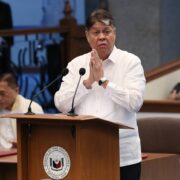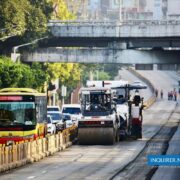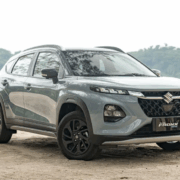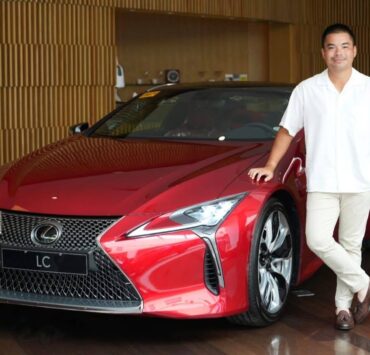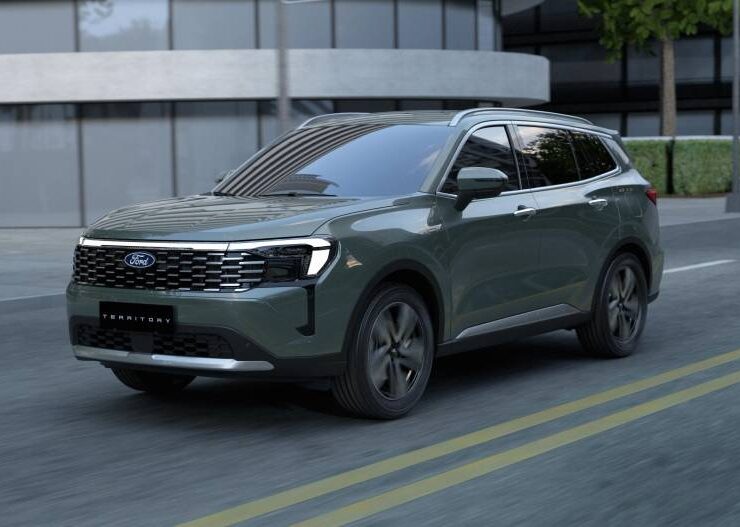Building for mobility, planting for ecology and community

Eighteen years ago, Toyota Motor Corp organized a project that would reforest a large, denuded mountainside in the Sierra Madre range in northern Luzon, in an attempt to replicate its successful reforestation projects in China and Japan.
I remember going there two years after the project began, and wrote about it for this paper’s front page. By then, over 18,000 mango trees and 680,000 other indigenous trees had been planted, and thriving. The story was about how this reforested area helped keep the mountainside intact and generally free from landslides during typhoons “Pepeng” and “Ramil.” Residents of the towns situated at the foot of the mountain thanked the young forest for literally “holding their ground,” sparing them from killer landslides that buried villages in other mountainside communities.
Though almost all of the trees were still barely above seven feet high, conservationists said there were enough numbers to help hold rain water and trap sediments. Eduardo H. Angadol, who at the time was the protected area associate of the Sierra Madre Biodiversity Corridor of Conservation International Philippines, observed the minimal incidence of surface runoff and erosion coming from higher parts of the mountain. “Most probably, the tall grasses and trees of the project helped keep the topsoil intact,” he said.
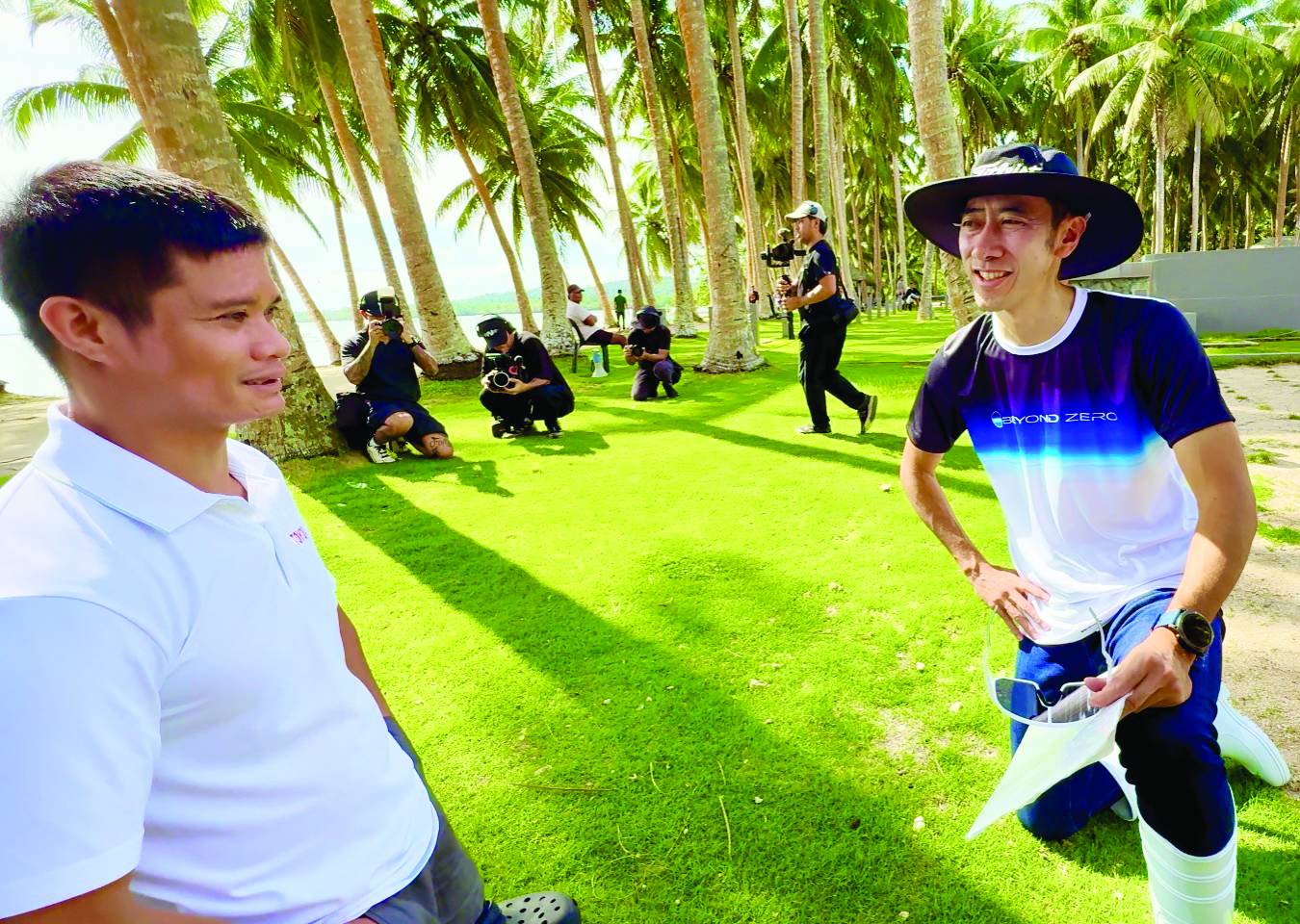
Furthermore, he said, springs in the project site were holding water for much longer periods, an indication that the young forest was absorbing more water than before.
Since then, I have made it a point to join Toyota’s reforestation projects and mangrove planting and coastal cleanups in the country. Projects like these help avoid deforestation and flooding, recover vegetation and create a positive impact on biodiversity, ultimately benefiting the communities that depend on such environments for their survival and livelihood.
Mangroves, in particular, sequester up to 10 times more carbon per hectare than other terrestrial ecosystems, including tropical forests. Because a large portion of the carbon is stored in the soil, mangrove ecosystems act as long-term carbon sinks compared to other trees where carbon is primarily stored in biomass and is released upon decomposition.
And who better to promote reforestation efforts and mangrove planting than the world’s most prolific carmaker. Planting trees and mangroves does have a substantial impact on carbon neutrality, which the carmaker is actively pursuing.
On Oct. 4, I was in Unisan, Quezon province to join another mangrove planting event and coastal cleanup with Toyota Motor Philippines, as part of the All Toyota Green Wave Project that expresses TMP’s commitment to plant 1 million trees by 2030. TMP has officially adopted 20 hectares of its Unisan planting site, which is also a National Greening Program site.
Masando Hashimoto, TMP president, said of Unisan, “this place is a refreshing escape from the usual cityscape we have in Metro Manila. I can imagine myself taking bicycle spins around this beautiful nature of Quezon Province. What we are doing today goes ‘Beyond Zero.’ This project is part of a global initiative under the All Toyota Green Wave Project which Toyota Motor Corp launched in 2015. To mark 10 years of this project, I am proud to announce TMP’s commitment to plant 1 million trees by 2030. Hand-in-hand, we aim to grow a thriving mangrove forest that shields against storm surges, nurtures marine life, and sustains livelihoods.”
Ernie Gawilan, Paralympic swimmer and a Global Team Toyota Athlete, whose advocacies are clean water and inclusivity, said: “Let’s not stop helping each other in protecting and preserving the environment, so that the next generation may still benefit.”
Mark Anthony Marcelo, TMP assistant vice president for environmental management, said: “I think we’re around more than a hundred volunteers for today. This area is connected to Tayabas Bay, which is a key biodiversity area, and is connected also to the Verde Island Passage, which we have adopted before, because it is also a key biodiversity area. Actually, it’s the center for the center of marine resources biodiversity in the world. For today, we’ll be planting at Barangay Maputat. Our target is to plant 13,000 mangroves for this year, and for this site today we’ll plant 1,500. The species that we’ll be planting today are Avicennia and Rhizophora, which are naturally grown in this area.
Biologist Jasmin Meren of the Wild Bird Club of the Philippines, said: “In the Philippines, we have 700 plus species identified, and I have seen more than 500. What I like about this place is it has the really nice connected habitats: Seagrass beds, mudflats, which are essential for migratory birds since mudflats appear once low tide, all the food is there such as worms, snails, microscopic organisms that they eat. When they arrive, migratory birds are very hungry, so when the mudflats appear, there will be a feeding frenzy. Then we have the mangroves, and then the community. So, the mangroves protect the communities from storm surges. What Toyota did was beautiful with the mangrove planting. It is also good that Toyota listens to experts. They also consult plant groups to plant the correct species and also where to plant them. Mangroves serve as resting place and feeding place for some species, like egrets, insectivorous birds like warblers.”
Jose Maria Aligada, TMP Foundation president, said that “the best CSR is home-grown. You know what’s needed, and you use local resources.”








